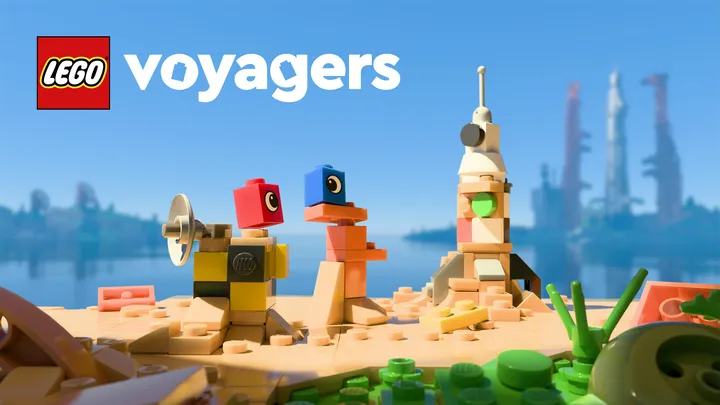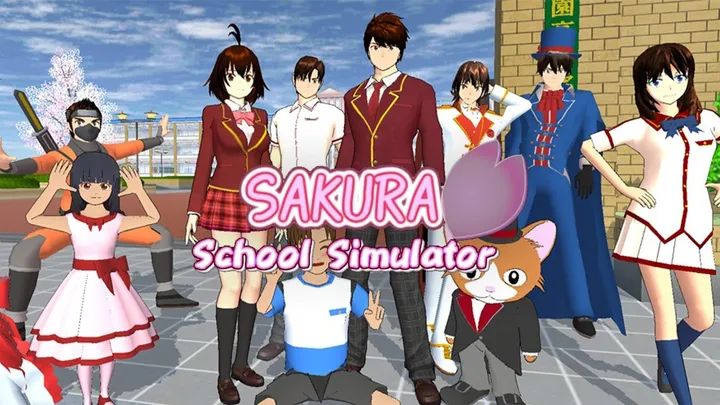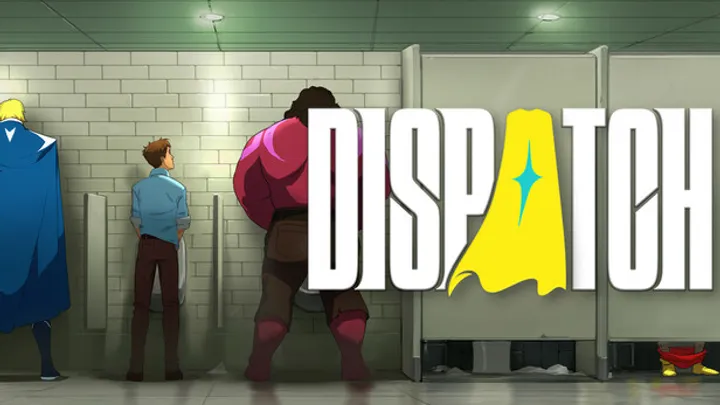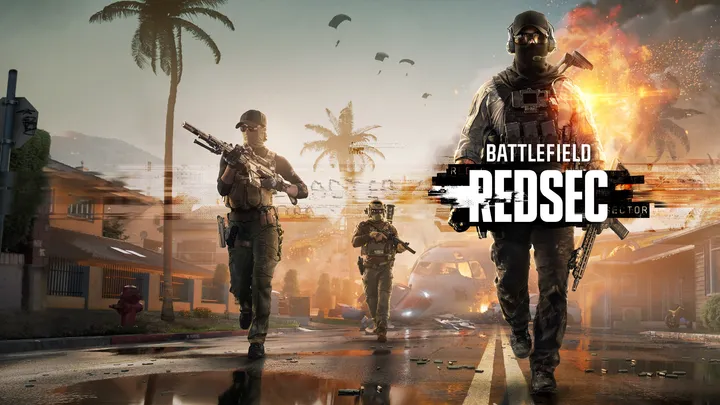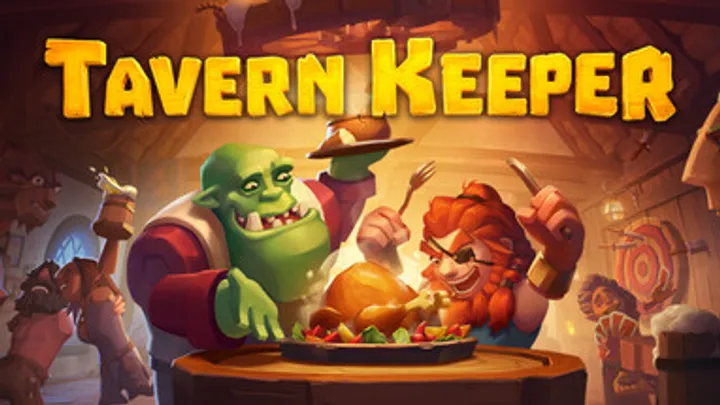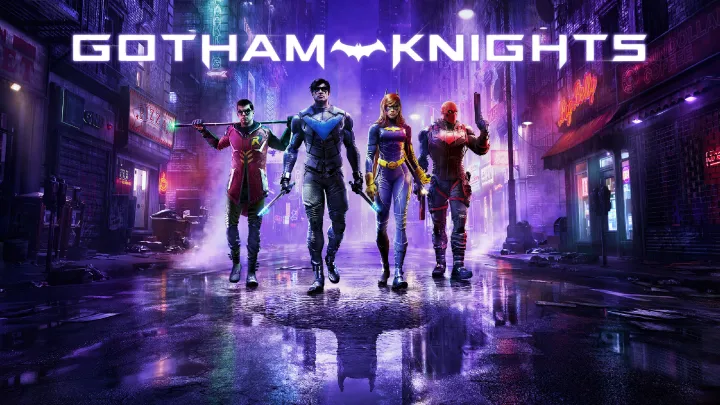
Introduction
Gotham Knights, developed by WB Games Montreal, offers an ambitious take on the DC universe, diving into the challenging themes of legacy, heroism, and the complexities of vigilante justice. Set in a Gotham City that has been left in chaos following Batman's death, players take on the roles of his successors—Nightwing, Batgirl, Robin, and Red Hood—as they attempt to protect their city from a myriad of threats, including the Court of Owls. However, amid its engaging combat mechanics and cooperative gameplay, Gotham Knights grapples with a significant issue: the identity crisis of its characters and the game itself. This article delves deep into the nuances of character identity in Gotham Knights, analyzing how this issue shapes gameplay, narrative depth, and player experience.
A Legacy in Crisis: The Death of Batman
The Catalyst of Change
The game begins with the shocking implication of Batman's death, which serves as both a narrative catalyst and a profound point of conflict. Each playable character must grapple with the loss of their mentor and protector, leading them to question their purpose and identity in a city that is now teetering on the brink of chaos. Batman's absence paves the way for these characters to step into the spotlight, but it also casts a long shadow over their motivations and actions.
The Impact of Loss on Identity
For each character, Batman's death ignites a crisis of identity. Nightwing, once the Boy Wonder, must now establish himself as a leader, a role he has long vacated. Batgirl feels the weight of her father's legacy, grappling with the burden of proving herself worthy. Robin, who has always been the most recent protégé, must find his own path amidst the specter of a Batman who is no longer there to guide him. Red Hood, with his troubled past and darker methods, faces the danger of losing himself entirely in the absence of his mentor.
Key Psychological Themes
- Loss and Grief: Each character's journey is steeped in a profound sense of grief, which significantly affects their actions and motivations throughout the game.
- Legacy and Responsibility: The challenge of living up to Batman’s legacy permeates the narrative, testing the characters’ commitment to vigilante justice and their individual philosophies.
- Transformation vs. Stagnation: Characters must navigate the tension between evolving into their own identities and potentially being trapped in the past defined by Batman's shadow.
Setting the Tone for the Knights
This identity crisis sets a poignant tone for the entire game, shaping the narrative structure and character development. Players are not just engaging in combat but are also partaking in an exploration of emotional and psychological depth that echoes throughout the decision-making process within the game.
Choices and Consequences: Identity Through Gameplay
Character Arcs and Player Agency
As players immerse themselves in Gotham Knights, they are offered a chance to engage directly with the identity crises faced by each character. This integration of character arcs into the gameplay mechanics emphasizes player agency, allowing for personalized experiences that reflect the choices made throughout the narrative.
Customization and Identity Formation
The game encourages players to customize their heroes’ appearances, skills, and fighting styles, giving them agency to forge their distinct identities. However, this customization raises the question of how much a player’s choices can alter the inherent identity of each character.
Customization Features
- Skill Trees: Each character has unique skill trees that allow players to specialize in abilities, aligning with their preferred playstyles while also reflecting their growth.
- Gear and Aesthetics: Players can modify armor and aesthetic appearances, further emphasizing the idea of self-definition within the framework of their chosen character.
- Choice-driven Progression: Decisions about upgrading abilities and gear can lead to different play experiences, enabling players to immerse themselves more deeply in the perspective of the character they choose.
The Dilemma of Identity vs. Agency
While customization enhances player agency, it can also lead to an identity crisis of its own. The more players veer from established character traits and narratives, the further the sense of authenticity may diminish, calling into question whether the character remains true to their core identity.
Combat: The Struggle of Individual Styles
A Unique Combat System
Gotham Knights introduces a combat system tailored to highlight the distinct fighting styles of each character. This serves as an embodiment of their identities but also complicates the method by which players connect with and define these heroes.
Individuality in Combat
In the game, each character’s combat abilities are reflective of their unique identities within the Bat Family. Nightwing’s acrobatics, Batgirl's technical prowess, Robin’s stealth, and Red Hood’s firearms create varied gameplay experiences that cater to different player preferences.
Features of Character Combat
- Combo-Based Systems: Characters employ unique combo attacks that reflect their backgrounds and fighting philosophies.
- Ultimate Abilities: Each character possesses an ultimate ability that resonates with their narrative arc and emotional state, reinforcing their identity within the larger context of the game’s story.
- Team Synergy: The option to play cooperatively emphasizes the underlying relationships between the characters, allowing players to see how their differing styles can complement one another.
The Challenge of Balancing Styles
Despite this focus on individuality, balancing these diverse combat styles poses a challenge. The combat itself must be engaging and meaningful without overshadowing each character's core identity. If one character’s style becomes more dominant, it may frustrate players expecting a more balanced array of heroes.
The Quest for Meaning: Quest Design and Character Identity
Narrative Integration of Quests
The quest design in Gotham Knights reflects the characters’ personal journeys and provides insights into their struggles with identity. As players advance through various missions, the quests reveal deeper emotional and psychological layers, amplifying their engagement with character narratives.
Story-Driven Missions
Missions often echo the internal conflicts faced by each character. For example, quests that focus on cleaning up Gotham after Batman's demise resonate strongly with themes of rebuilding and legacy, offering opportunities for the Knights to carve out their paths.
Examples of Story-Driven Elements
- Character-Centric Missions: Specific missions focus on individual characters, allowing players to explore backstory elements and build emotional connections.
- Dynamic Dialogues: Character interactions during missions enhance emotional engagement, providing rich narrative experiences that allow for deeper reflection on personal journeys.
- Confronting the Past: Certain quests force characters to face their insecurities, past failures, or relationships tied directly to Batman, fostering a compelling exploration of identity.
Balancing Gameplay with Narrative Depth
While the narrative integration of quests is robust, there is a risk that the gameplay mechanics may sometimes overshadow the characters’ emotional journeys. The tension between action-oriented gameplay and storytelling must be meticulously managed to ensure that the identities and personal growth of the characters remain at the forefront.
Co-op Dynamics: Strength in Unity
Emphasizing Teamwork
One of the notable aspects of Gotham Knights is its cooperative gameplay mechanic, allowing players to team up as different characters. This cooperation enhances the collective identity of the Knights, emphasizing the importance of collaboration in overcoming systemic threats to Gotham.
Cooperative Play and Identity
As players collaborate, their individual identities meld into a cooperative identity for the Knights, reinforcing the idea of family and teamwork. This shared experience not only augments the gameplay but also promotes character development through mutual reliance and support.
Features of Cooperative Play
- Team Combos: Players can execute team combos that showcase character strengths, leading to thrilling moments that highlight their respective roles in combat.
- Shared Objectives: Missions designed around teamwork emphasize communication and cooperation, further bonding characters through shared experiences and challenges.
- Character Synergy: Each character’s abilities can be combined for strategic advantages, reinforcing the collaborative identity of the Knights and their interconnectedness.
The Double-Edged Sword of Co-op Dynamics
However, the focus on cooperative gameplay can lead to another layer of identity confusion. As characters meld together in cooperative tasks, the challenge becomes maintaining their individual identities even when working as a united front.
Emotional Depth: Exploring Themes of Redemption
The Struggle for Redemption
Integral to Gotham Knights is the theme of redemption. Each character is seeking not only to step out of Batman’s shadow but also to confront their past failures and find meaning in their actions. This quest for redemption is a driving force for character development.
Individual Arcs of Redemption
- Nightwing: Struggles with stepping up as a leader and must confront feelings of inadequacy.
- Batgirl: Works to reclaim her agency while navigating the shadow of her father’s legacy.
- Robin: Fights against the fear of becoming lost like Jason Todd and seeks to define what it means to be a hero.
- Red Hood: Faces inner demons related to his violent past and the consequences of his decisions.
Emotional Milestones
- Cutscenes: Emotional cutscenes enhance character arcs and compel players to feel invested in their redemption journeys.
- Allies and Mentors: Interactions with Gotham’s inhabitants present opportunities for characters to find reconciliation and express their growth.
- Personal Quests: Redemption-focused quests invite players to engage with pivotal moments of character development, often redefining their motivations.
Challenges in Serving Redemption Arcs
While these arcs are rich and compelling, the challenge remains balancing redemption narratives against player agency. As characters grow and change, players still want to feel empowered to make choices that resonate with their versions of those characters.
Community Response: Reception and Criticism
Initial Reactions from Players
Upon release, Gotham Knights garnered mixed reactions from both fans and critics. The combat mechanics were generally praised, but the character identity issues were highlighted as both a compelling narrative device and a source of confusion.
The Identity Crisis Reflected in Community Feedback
The community mirrored the internal struggles of the characters, expressing diverse opinions on how the game handled identity themes. Some players celebrated the depth of the narratives, while others questioned the execution and integration of character customization.
Key Community Insights
- Positive Connections: Players resonated with the emotional arcs and character-driven narratives that deepened their connection to the story.
- Identity Confusion: Concerns emerged regarding whether player customization detracted from the core identities and storylines of the characters.
- Balance in Gameplay: Players expressed a desire for a more seamless integration between gameplay mechanics and character development to enhance narrative satisfaction.
Evolving Expectations
As the community continues to engage with the game, developers have the opportunity to refine and expand on existing narratives. Addressing issues related to character identity and gameplay balance will ultimately shape the long-term reception of Gotham Knights.
Conclusion: The Future of the Knights
Gotham Knights represents a significant entry in the Batman lore, exploring profound themes of identity, legacy, and redemption. The game’s ambitious attempt to balance diverse gameplay mechanics with character development exposes both the strengths and vulnerabilities inherent in the process.
While the identity crisis—shared by both the characters and the game—creates a rich tapestry for storytelling, it also poses fundamental challenges regarding player engagement and character authenticity. By embracing community feedback and learning from the balance of player agency and emotional depth, Gotham Knights can evolve into a memorable and enduring chapter in the Batman saga, setting a foundation for future titles that continue to explore the complexities of identity within the superhero genre.








